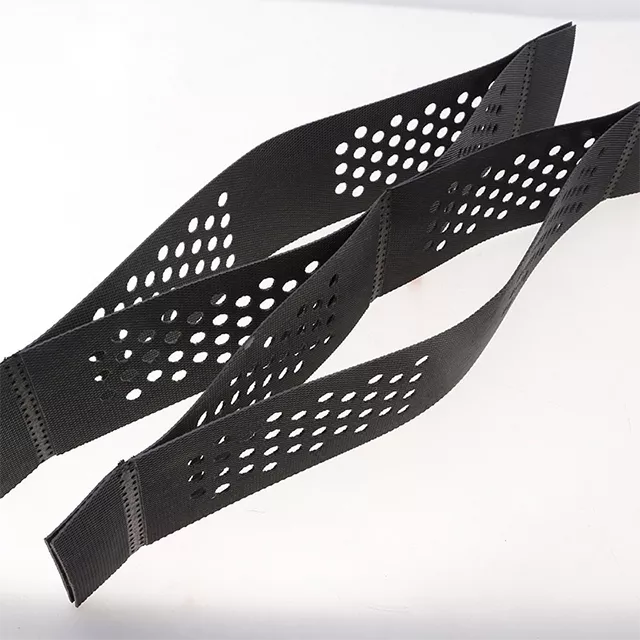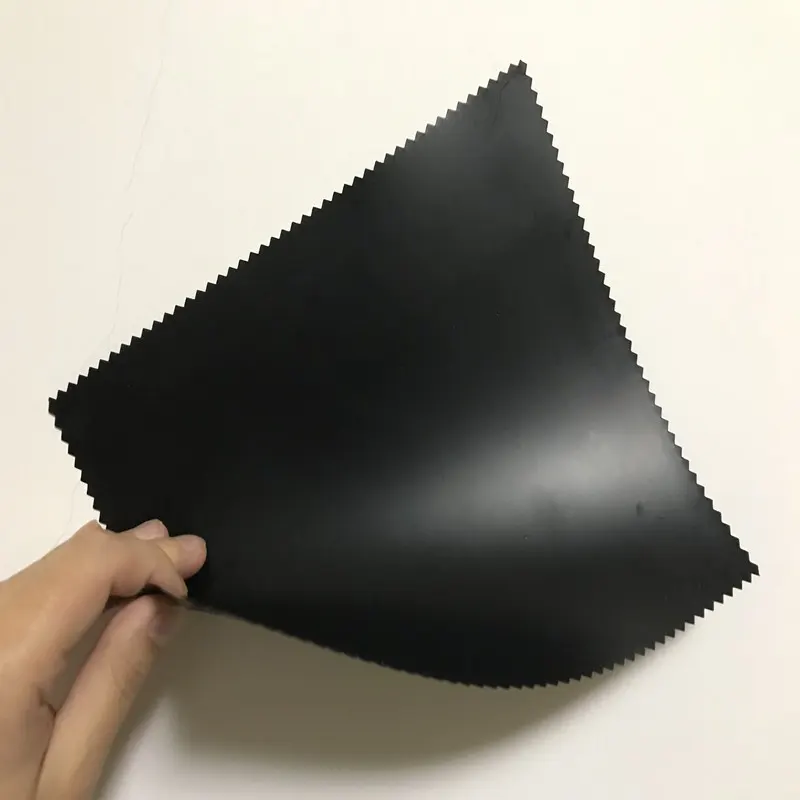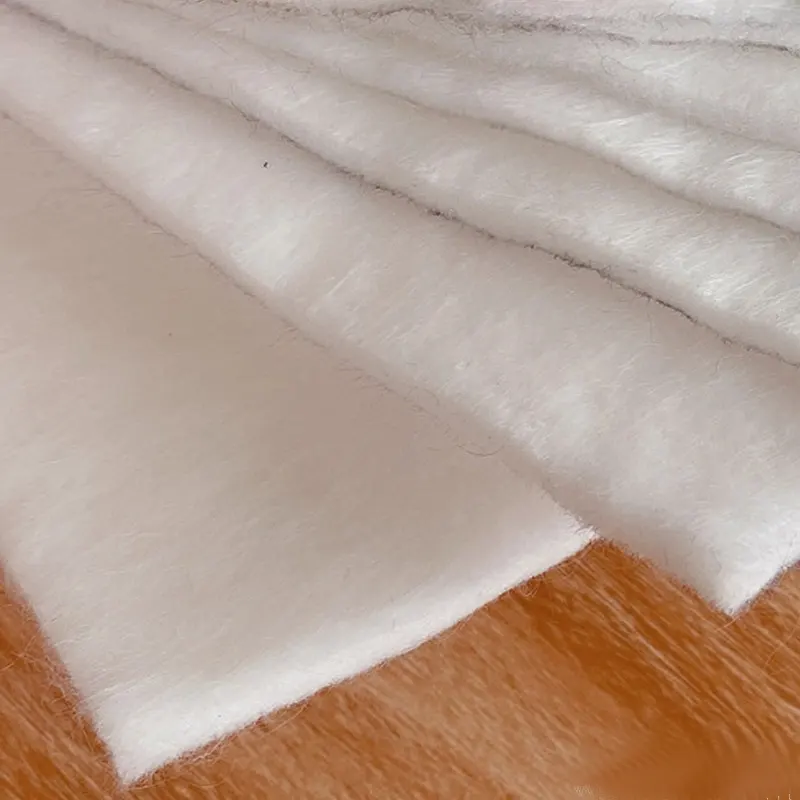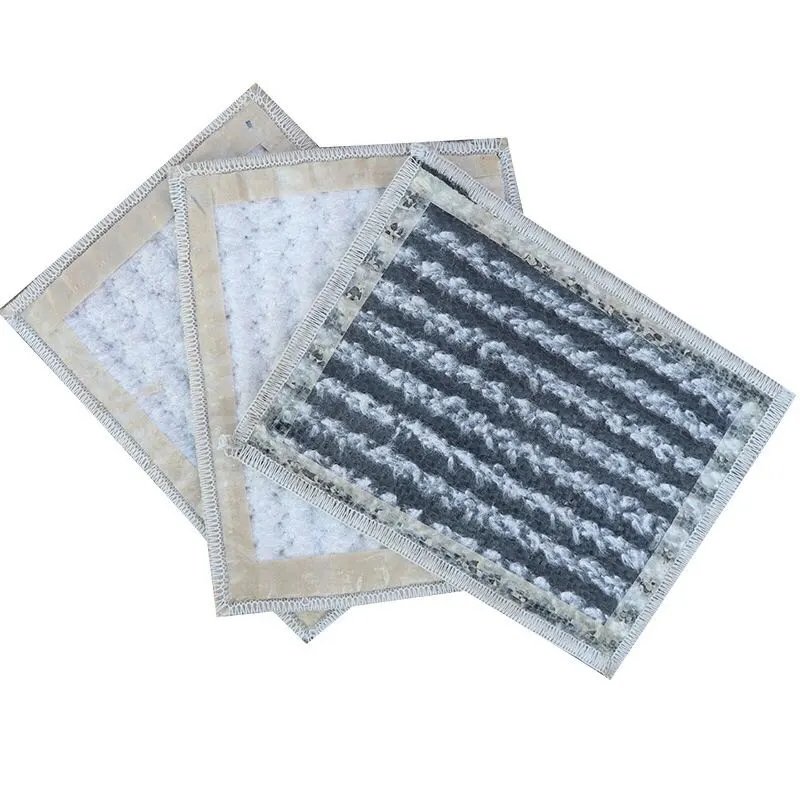Introduction to the Five Key Performance Indicators of Geomembrane for Lotus Pond Aquaculture
Release Date: August 21, 2025
When evaluating a product, we need to identify its quality. This requires specific indicators. Quality testing of geomembrane for lotus pond aquaculture also relies on these indicators. Today, we will introduce the five key performance indicators of geomembrane for lotus pond aquaculture.
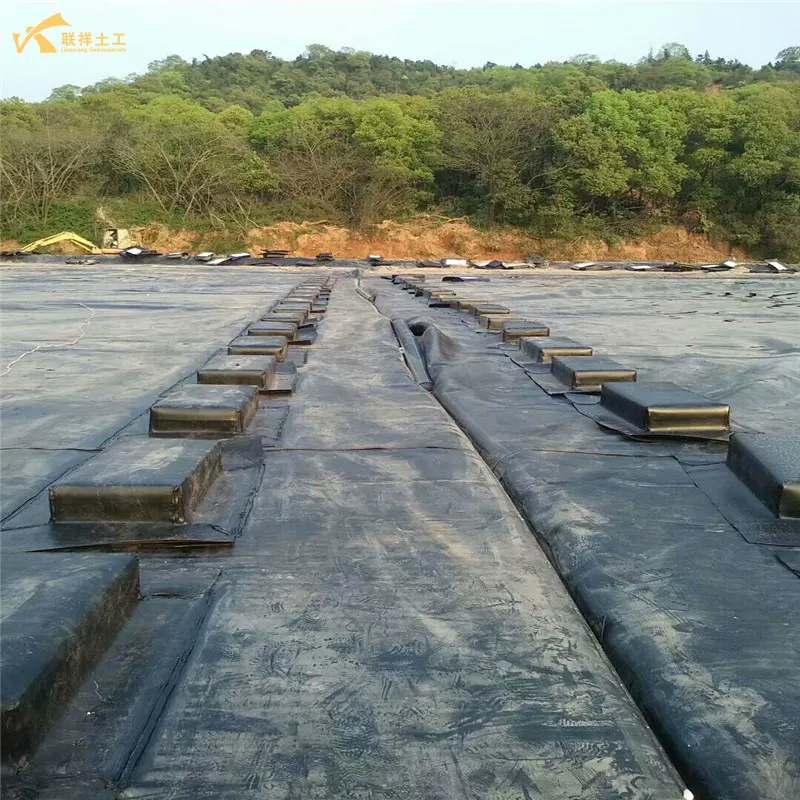
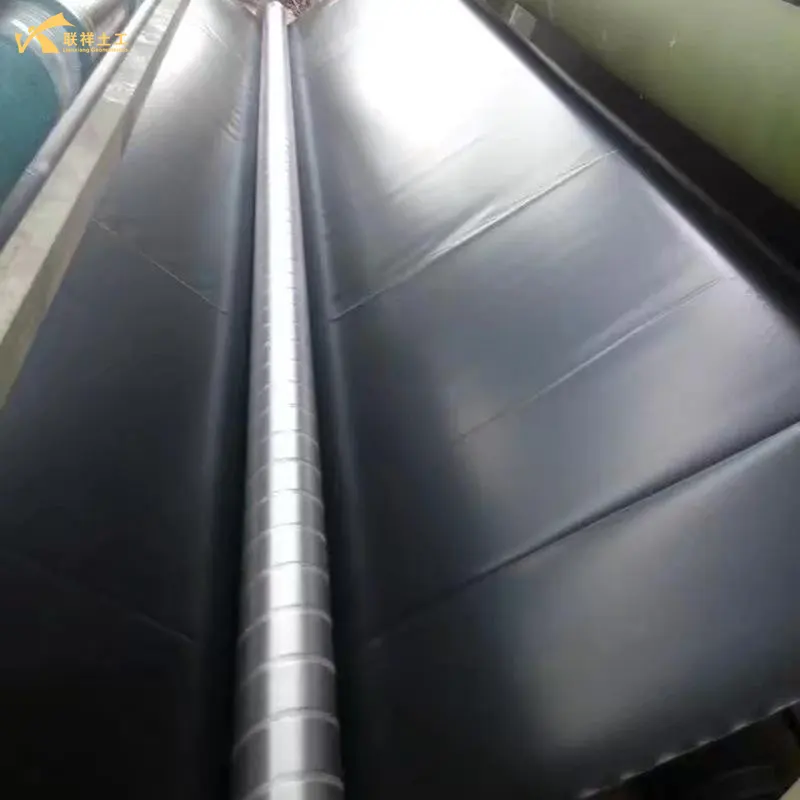
1. Hydraulic Performance:
- This primarily refers to the permeability coefficient or impermeability strength, which are important hydraulic characteristics of geomembrane for lotus pond aquaculture. They reflect the membrane's ability to resist penetration. The permeability coefficient or impermeability strength is determined through impermeability strength testing.
2. Physical Performance:
- a. Mass per unit area: This refers to the mass of geomembrane per square meter, measured in g/㎡. This is a key performance indicator of geomembranes. The unit price of geomembrane for lotus pond aquaculture is roughly proportional to its mass per unit area, and its mechanical strength increases with mass.
- b. Thickness: This refers to the distance between the top and bottom surfaces of the lotus pond aquaculture membrane under a normal pressure of 2 kPa, measured in mm.
3. Durability Indicators for Lotus Pond Aquaculture Membranes:
- Factors affecting the durability of polymer geomembranes include heat, light, oxygen, ozone, moisture, atmospheric nitrogen dioxide and sulfur dioxide, solvents, low temperatures, enzymes and bacteria, stress, and strain. Damage to geomembranes may occur due to: polymer decomposition through reverse polymerization and molecular breakage, resulting in deterioration of physical properties and softening; and loss of plasticizers and auxiliary components, causing the polymer to harden and become brittle.
4. Mechanical Performance Indicators:
- Based on the different loads to which lotus pond aquaculture membranes are subjected during design and construction, mechanical strength indicators are categorized into the following: tensile strength, grip strength, tear strength, bursting strength, CBR bursting strength, ball bursting strength, and puncture strength. Among these mechanical indicators, tensile strength is the most fundamental.
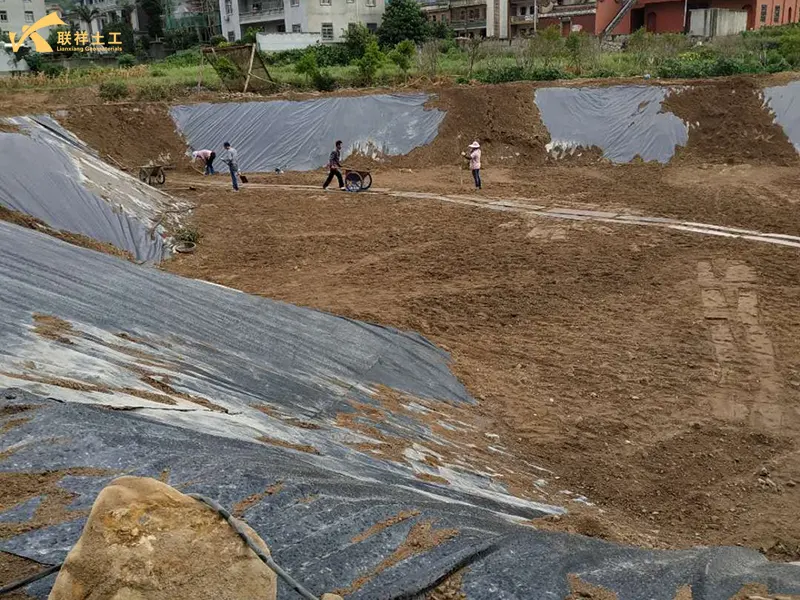
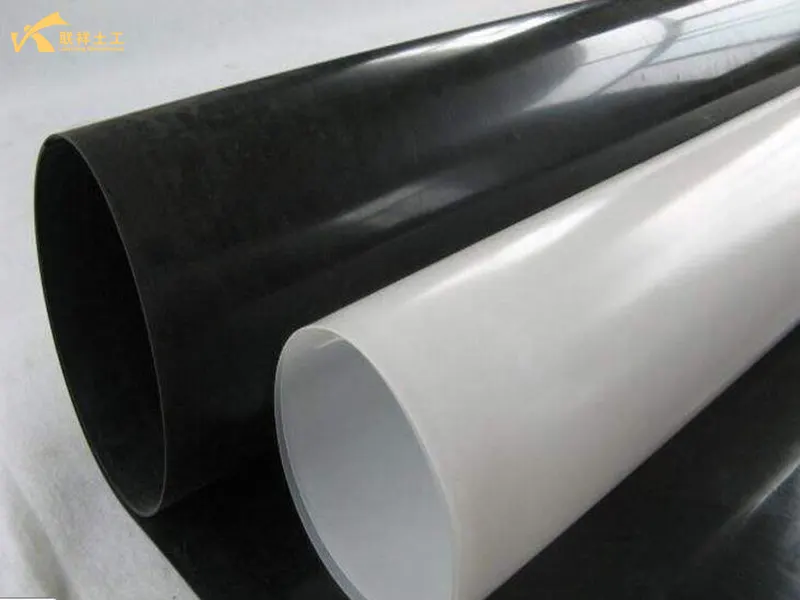
5. Performance indicators for the interaction between the anti-seepage membrane and the medium surface:
- This refers to the friction coefficient at the interface between the soil or concrete surface and the membrane. The membrane is buried in the soil, and stress in the soil is transmitted through the friction at the soil-membrane interface, forming a continuous and stable stress field. The friction coefficient between the membrane and the interface must be determined experimentally.
These are the five main performance indicators for anti-seepage membranes for lotus ponds. Establishing these indicators ensures quality standards. When purchasing anti-seepage membranes for lotus ponds in the future, be sure to base your purchase on these indicators. We hope you can purchase cost-effective anti-seepage membrane materials for lotus ponds. Lianxiang Geotech can assist you in your journey to purchasing anti-seepage membranes for lotus ponds.
Contact
Address
No. 6 Great Wall Road, Taian City, Shandong, China
EMail
admin@lianxiangcn.com
Hotline
+86-185 5418 0188
Shandong Lianxiang Engineering Materials Co., Ltd. All Right Reserved
-
WhatsApp
-
E-MailE-Mail:admin@lianxiangcn.com
-
WeChatWeChat:18554180188


